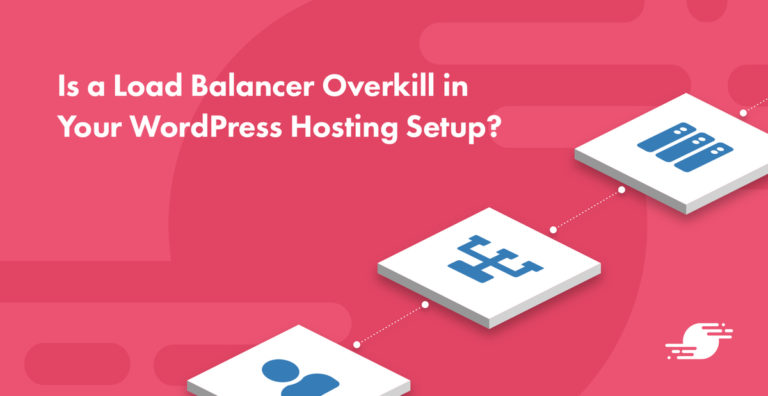
Is a Load Balancer Overkill in Your WordPress Hosting Setup?
In this article, we’ll cover what load balancing is, some of the benefits and drawbacks along with misconceptions.
It's time to level up! Let us guide you through setting up a new server one command at a time, dive into caching and make your sites run like lightning, or set up the perfect site deployment system. Let the learning begin!
Take one small step, then another, and another. Next thing you know, you’ll be a level up.
Make your WordPress site sizzle with performance optimizations like caching and more.
Everything you need to know to set up the perfect site deployment system.
Set up AWS Elastic Beanstalk to automatically scale up and down resources as demand for your Laravel app goes up and down.
For high traffic WordPress sites that have a lot of dynamic pages that can't be cached, scaling your hosting setup to multiple servers may be necessary.
Topics related to servers and WordPress we felt the urge to write about.
If for any reason you are not happy with our product or service, simply let us know within 30 days of your purchase and we'll refund 100% of your money. No questions asked.